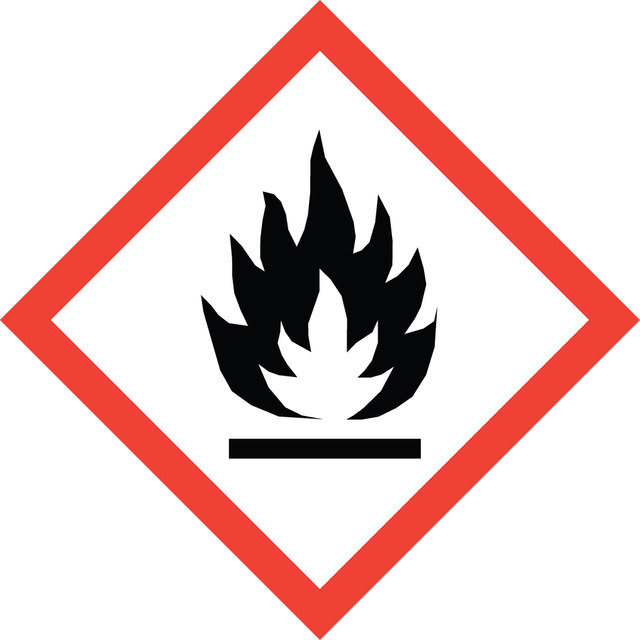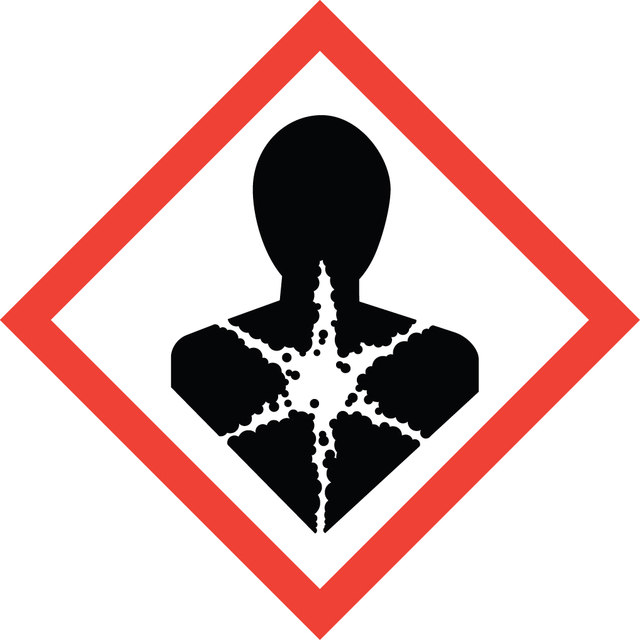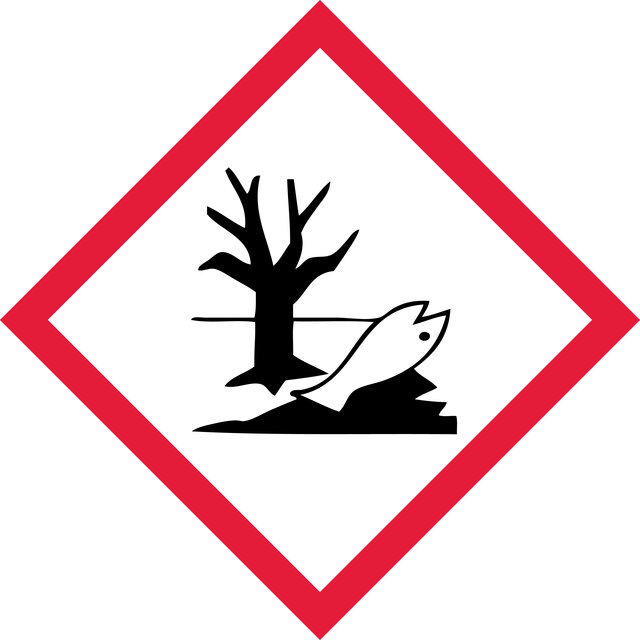Select a Size
About This Item
form
suspension
Quality Level
technique(s)
affinity chromatography: suitable
matrix
Highly cross-linked 6% Beaded Agarose
capacity
15 mg/mL, gel binding capacity (protein)(with an approx. 30 kDa protein)
storage temp.
2-8°C
General description
Application
Features and Benefits
- High selectivity for higher purity
- Unique non-charged hydrophilic linkage reduced non-specific binding
- Binding Capacity for histidine-tagged protein (His-tag protein) is greater than 15 mg/mL
- Highly cross-linked agarose matrix allows for purification under higher pressures
- Binding under denaturing or non-denaturing conditions
- One-step purification
Physical form
Preparation Note
Legal Information
Signal Word
Danger
Hazard Statements
Precautionary Statements
Hazard Classifications
Acute Tox. 4 Oral - Aquatic Chronic 2 - Carc. 1A Inhalation - Flam. Liq. 3 - Muta. 2 - Repr. 1B - Resp. Sens. 1 - Skin Irrit. 2 - Skin Sens. 1 - STOT RE 1 - STOT SE 2
Target Organs
Eyes,Central nervous system, Respiratory Tract
WGK
WGK 3
Flash Point(F)
88.0 °F
Flash Point(C)
31.1 °C
Personal Protective Equipment
Regulatory Information
Choose from one of the most recent versions:
Already Own This Product?
Find documentation for the products that you have recently purchased in the Document Library.
Related Content
利用亲和力、GST pull-down、TAP 和共免疫沉淀方法,通过Pull-Down研究体外蛋白质互作。
Investigate in vitro protein-protein interactions with pull-down assays, utilizing affinity, GST pull-down, TAP, and co-immunoprecipitation methods.
Our team of scientists has experience in all areas of research including Life Science, Material Science, Chemical Synthesis, Chromatography, Analytical and many others.
Contact Technical Service


